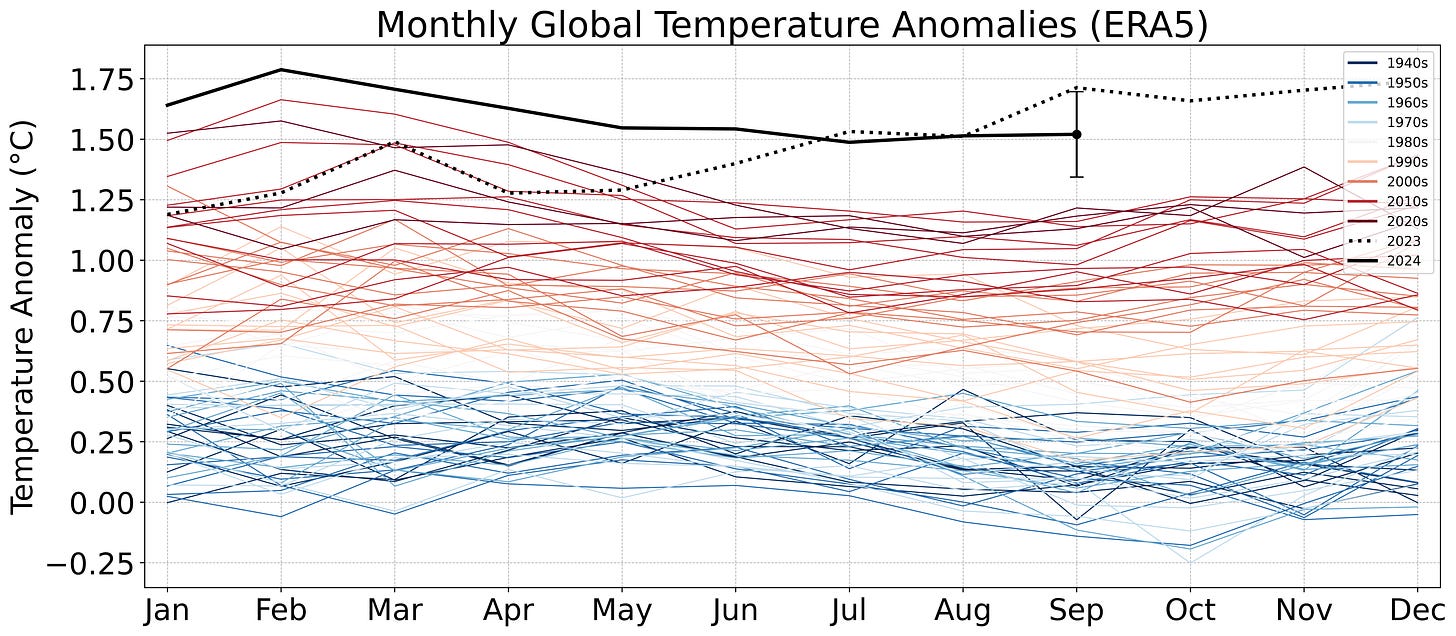Applied Sciences, Vol. 14, Pages 5319: Spatial Simultaneous Functioning-Based Joint Design of Communication and Sensing Systems in Wireless Channels
Applied Sciences doi: 10.3390/app14125319
Authors: Pham Ngoc Luat Attaphongse Taparugssanagorn Kamol Kaemarungsi Chatchamon Phoojaroenchanachai
This paper advocates for spatial simultaneous functioning (SSF) over time division multiple access (TDMA) in joint communication and sensing (JCAS) scenarios for improved resource utilization and reduced interference. SSF enables the concurrent operation of communication and sensing systems, enhancing flexibility and efficiency, especially in dynamic environments. The study introduces joint design communication and sensing scenarios for single input single output (SISO) and multiple input multiple output (MIMO) JCAS receivers. An MIMO-JCAS base station (BS) is proposed to process downlink communication signals and echo signals from targets simultaneously using interference cancellation techniques. We evaluate the communication performance and sensing estimation across both Rayleigh and measured realistic channels. Additionally, a deep neural network (DNN)-based approach for channel estimation and signal detection in JCAS systems is presented. The DNN outperforms the traditional methods in the bit error rate (BER) versus signal-to-noise ratio (SNR) curves, leveraging its ability to learn complex patterns autonomously. The DNN’s training process fine-tunes the performance based on specific problem characteristics, capturing the nuanced relationships within data and adapting to varying SNR conditions for consistently superior performance compared to the traditional approaches.

 2 months ago
23
2 months ago
23


